Reward Imputation with Sketching for Contextual Batched Bandits Xiao Zhang12 Ninglu Shao12 Zihua Si12 Jun Xu12
RewardImputationwithSketchingforContextualBatchedBanditsXiaoZhang1,2,NingluShao1,2,∗,ZihuaSi1,2,∗,JunXu1,2,†,WenhanWang3,HanjingSu3,Ji-RongWen1,21GaolingSchoolofArtificialIntelligence,RenminUniversityofChina,Beijing,China2BeijingKeyLaboratoryofBigDataManagementandAnalysisMethods,Beijing,China3Tencen...
相关推荐
-
安2-安3,26-21灌浆施工组织设计VIP免费
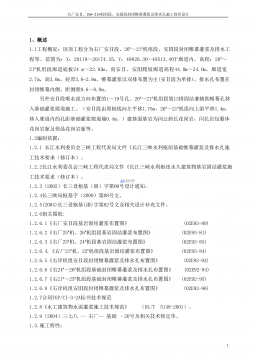
 2024-11-22 0
2024-11-22 0 -
XX水电站导流洞施工组织措施VIP免费
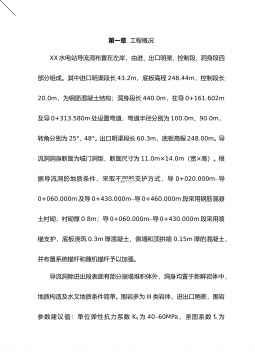
 2024-11-22 0
2024-11-22 0 -
xx公路施工组织设计VIP免费
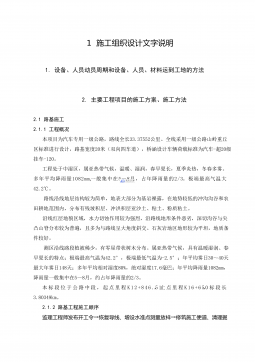
 2024-11-22 2
2024-11-22 2 -
xx电站施工组织设计(投标阶段)VIP免费

 2024-11-22 2
2024-11-22 2 -
XXX土地开发整理项目投标文件 施工组织设计VIP免费
 2024-11-22 3
2024-11-22 3 -
pccp管穿河施工组织设计VIP免费
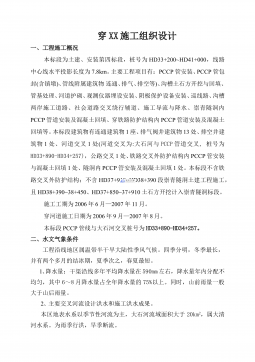
 2024-11-22 1
2024-11-22 1 -
110kv水利变电站施工组织设计VIP免费

 2024-11-22 2
2024-11-22 2 -
7套水电安装精选施工组织设计VIP免费
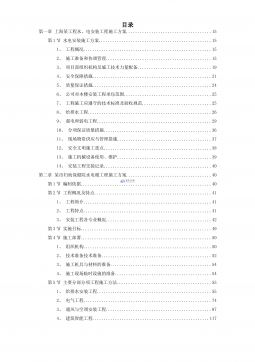
 2024-11-22 1
2024-11-22 1 -
×××供水工程施工组织设计VIP免费
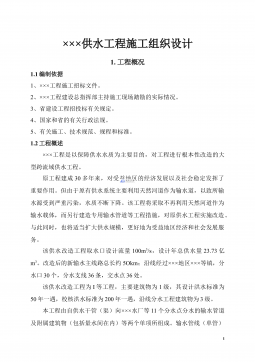
 2024-11-22 4
2024-11-22 4 -
XX县城防堤施工组织设计1VIP免费
 2024-11-22 4
2024-11-22 4
作者详情
-
VP-STO Via-point-based Stochastic Trajectory Optimization for Reactive Robot Behavior Julius Jankowski12 Lara Bruderm uller3 Nick Hawes3and Sylvain Calinon1210 玖币0人下载

-
WA VEFIT AN ITERATIVE AND NON-AUTOREGRESSIVE NEURAL VOCODER BASED ON FIXED-POINT ITERATION Yuma Koizumi1 Kohei Yatabe2 Heiga Zen1 Michiel Bacchiani110 玖币0人下载

相关内容
-

电力工程资料:(一)目录
分类:建筑/施工
时间:2025-06-07
标签:无
格式:PDF
价格:10 玖币
-
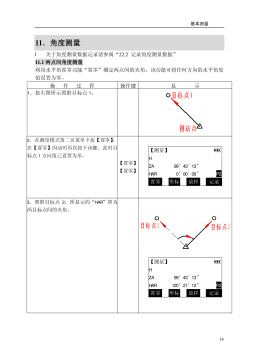
电力工程资料:(四)基本测量
分类:建筑/施工
时间:2025-06-07
标签:无
格式:PDF
价格:10 玖币
-
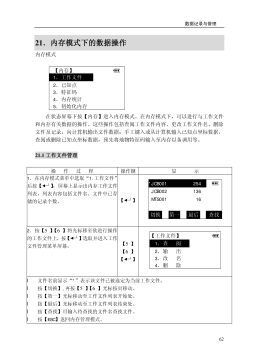
电力工程资料:(六)数据记录
分类:建筑/施工
时间:2025-06-07
标签:无
格式:PDF
价格:10 玖币
-

电力工程资料:(九)其他
分类:建筑/施工
时间:2025-06-07
标签:无
格式:PDF
价格:10 玖币
-
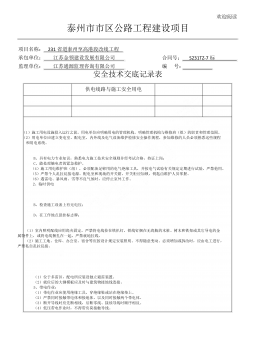
电力工程资料:(完整word版)电力安全技术交底
分类:建筑/施工
时间:2025-06-07
标签:无
格式:DOCX
价格:10 玖币


 渝公网安备50010702506394
渝公网安备50010702506394
